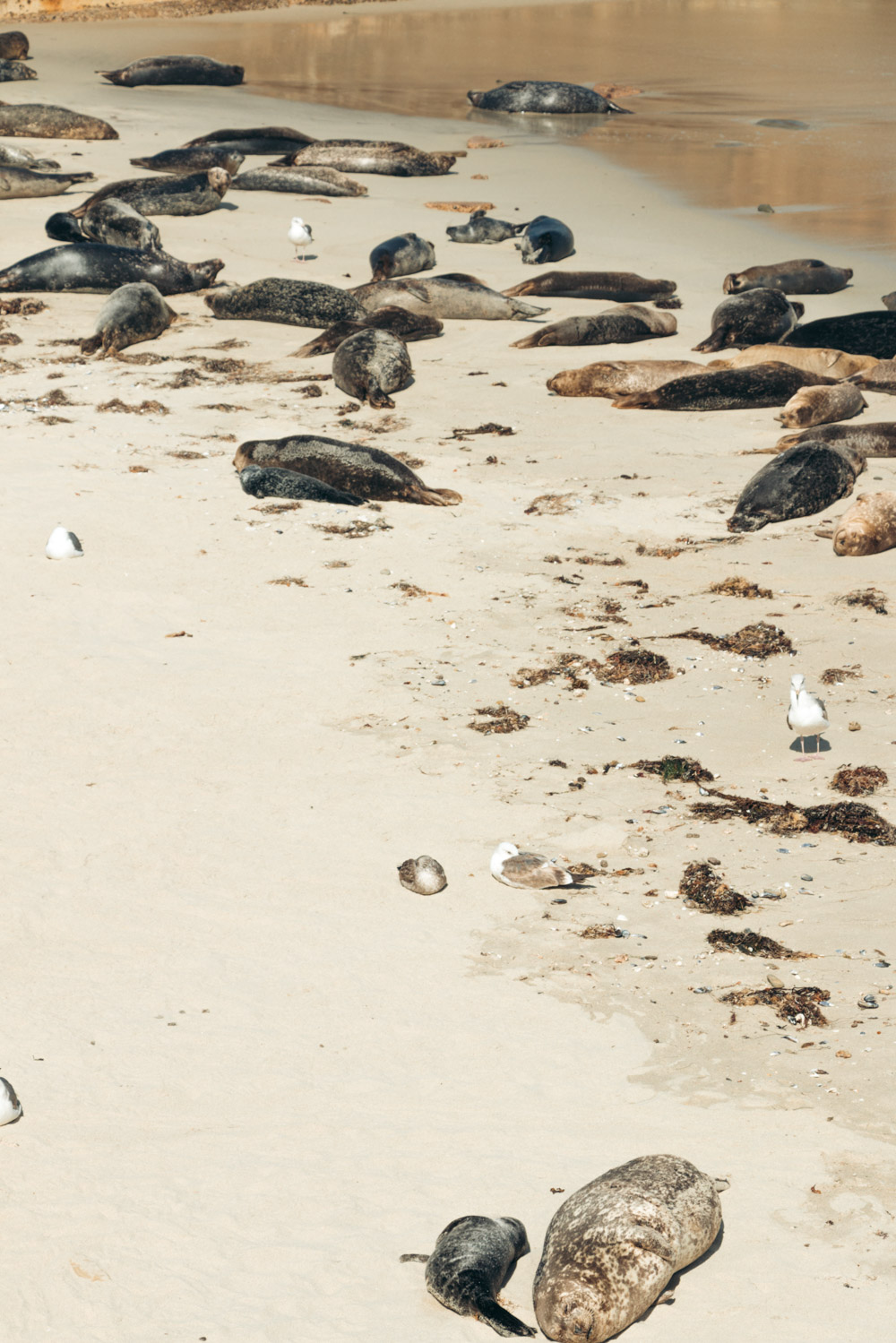California is jam-packed with places where you can see and admire unique to the state marine wildlife.
Last updated: January 23, 2025
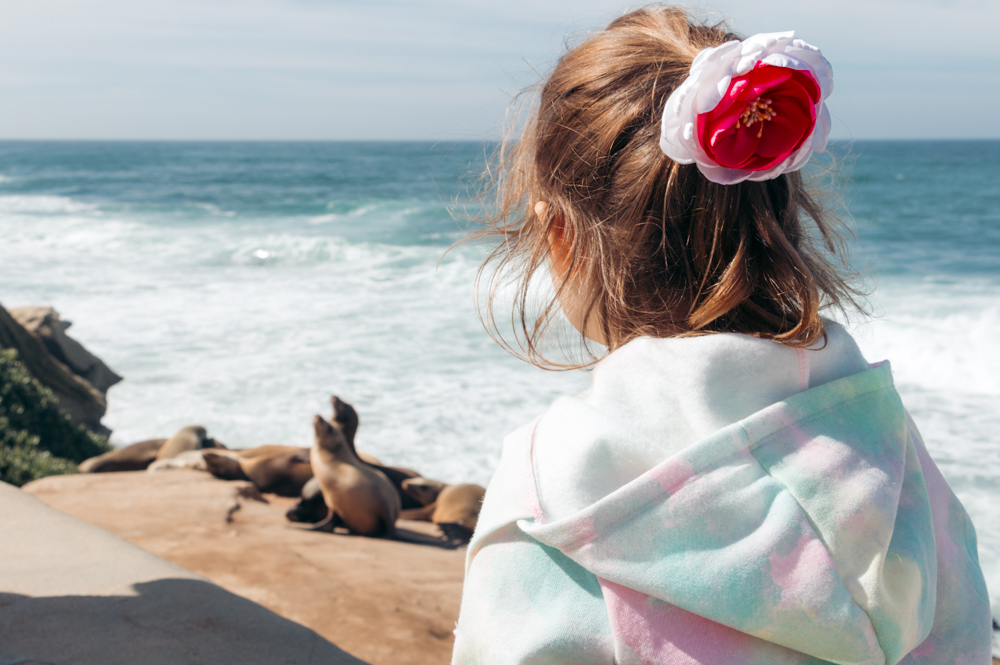
The 9 Best Places to See Marine Wildlife on the California Coast
Whether you reside in the Golden State or only go for a scenic drive along the California coast, consider yourself lucky. Harboring large colonies of seals, the sunny state enhances your adventures with a plethora of easy to access places where you can watch these marine mammals, that are quite clumsy on the land, basking in the sun.
Larger marine wildlife is also right here, swimming in the Pacific Ocean’s waters near the California coast. These species, however, are not as predictable. Often you need to pack an extra bottle of patience and persistence along with binoculars to see a few solitary sea lions or a small group of the bigger marine animals playing and foraging off the California coast. The reward is worth the wait, though.
We’ve been lucky to admire the quiet “routine” of the smaller members of California marine wildlife now and then. Occasionally, black fins of dolphins playing near the coast would pop up from the ocean, adding even more excitement to our beach days.
If traveling great distances are not on your California road trip itinerary, go see the marine wildlife in animal shelters. Providing temporary homes to injured wild animals, these places frequently open their doors for locals and visitors of California that long to see the marine creatures up close.
With that said, California abounds with easy to reach destinations where you can see local marine wildlife. Whether you’re aching for an authentic experience in the wild or a more reliable animal encounter in a rescue shelter, here are some of the best places to see California marine wildlife.
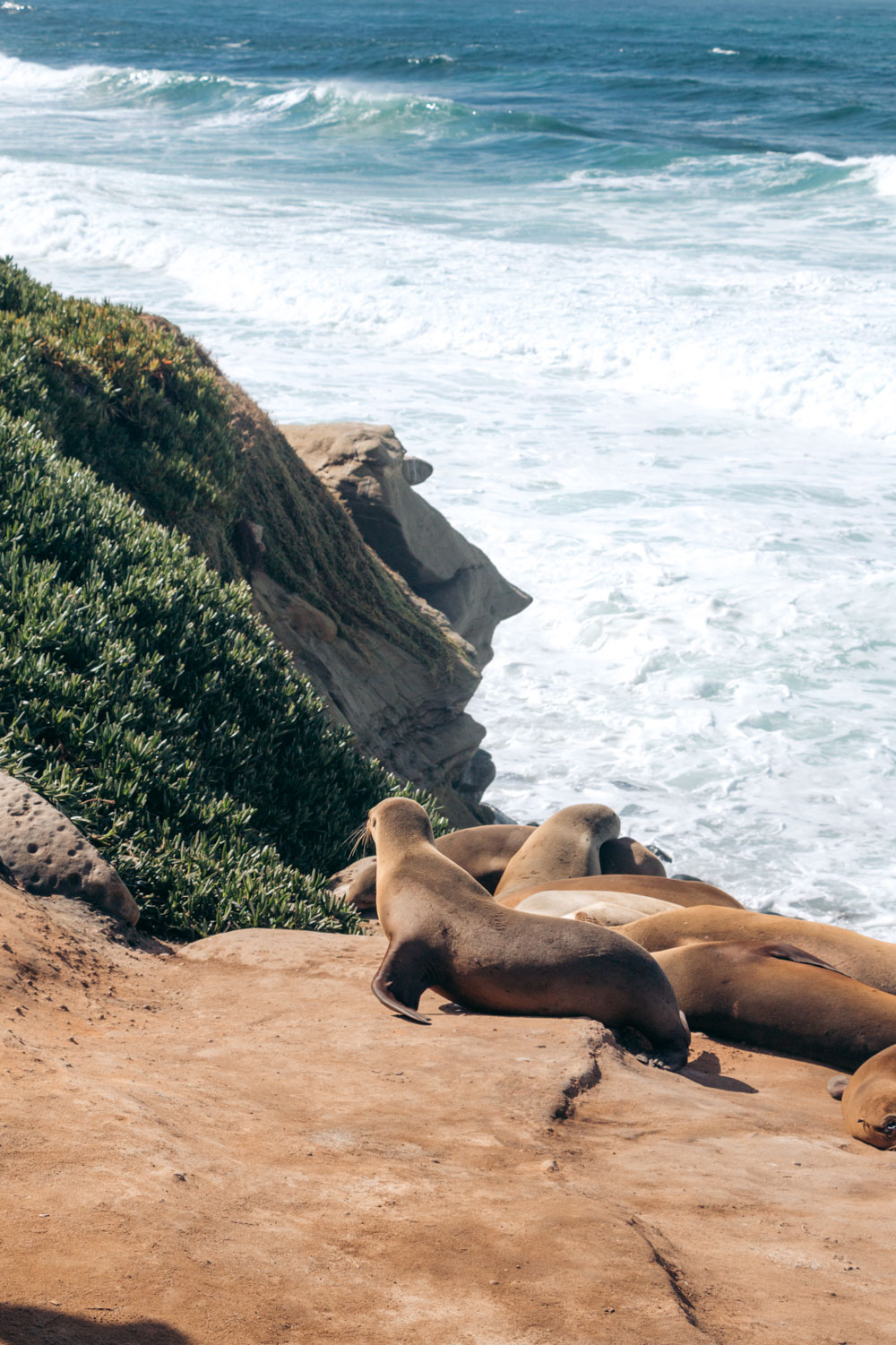
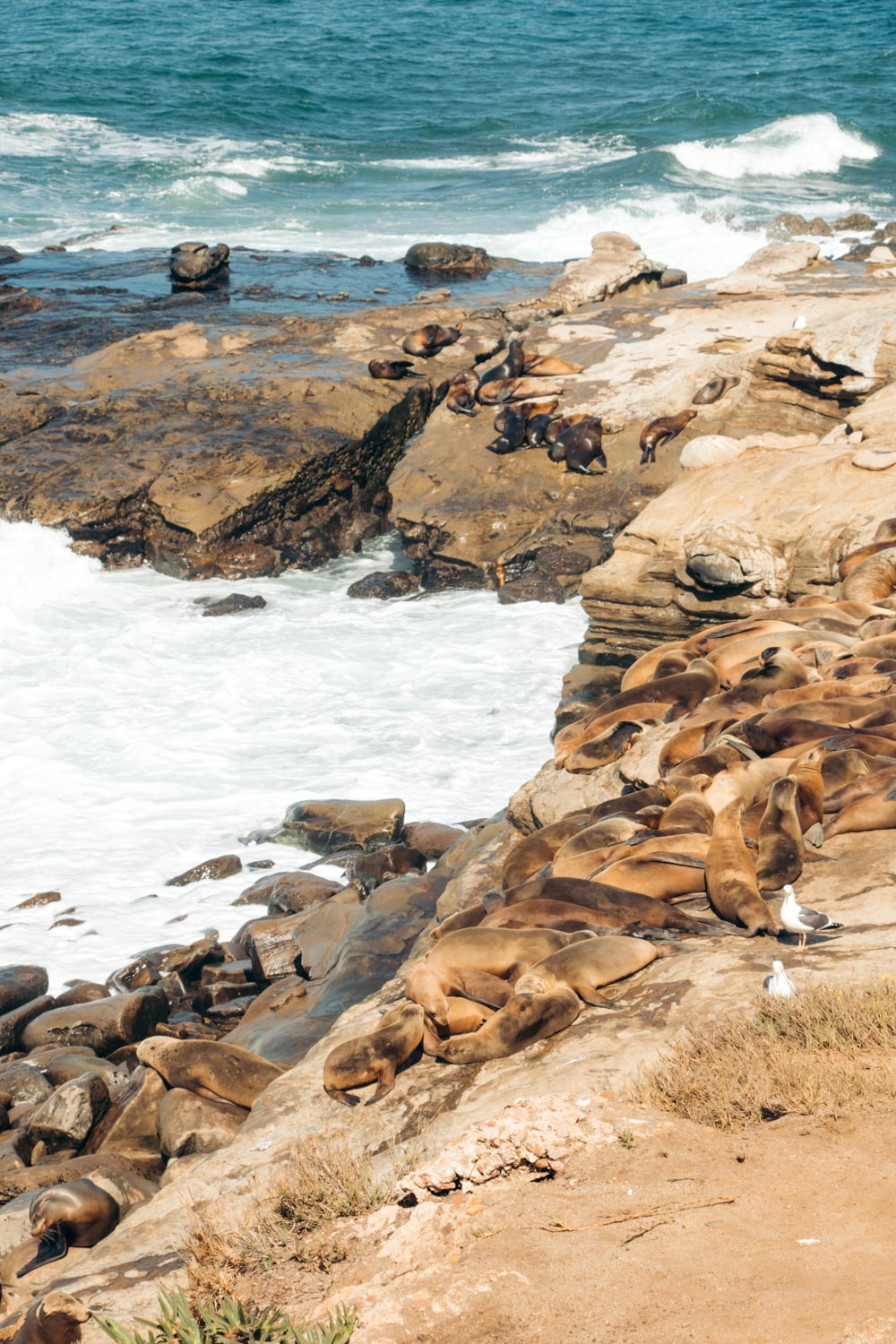
TOP 9 PLACES TO SEE MARINE WILDLIFE IN CALIFORNIA
1. Piedras Blancas Northern Elephant Seal Rookery
Located on a beach 5 miles north of San Simeon, the secluded Piedras Blancas Northern Elephant Seal Rookery is the best place in California to see such unique marine wildlife as elephant seals. The fin-flipped animals spend on average 1-3 months at the rookery. Solitary at sea, the northern elephant seals get in groups once on the land. Here they mate, breed, and molt.
The best time to see the marine wildlife in Central California is from January through May. Thousands of the northern elephant seals bask in the sun, have covered themselves with a thin layer of sand beforehand, during this time.
The aquatic mammals are never at the Piedras Blancas Elephant Seal Rookery at the same time. Yet even during the slowest months, July and August, hundreds of representatives of the marine wildlife laze on the California coast.
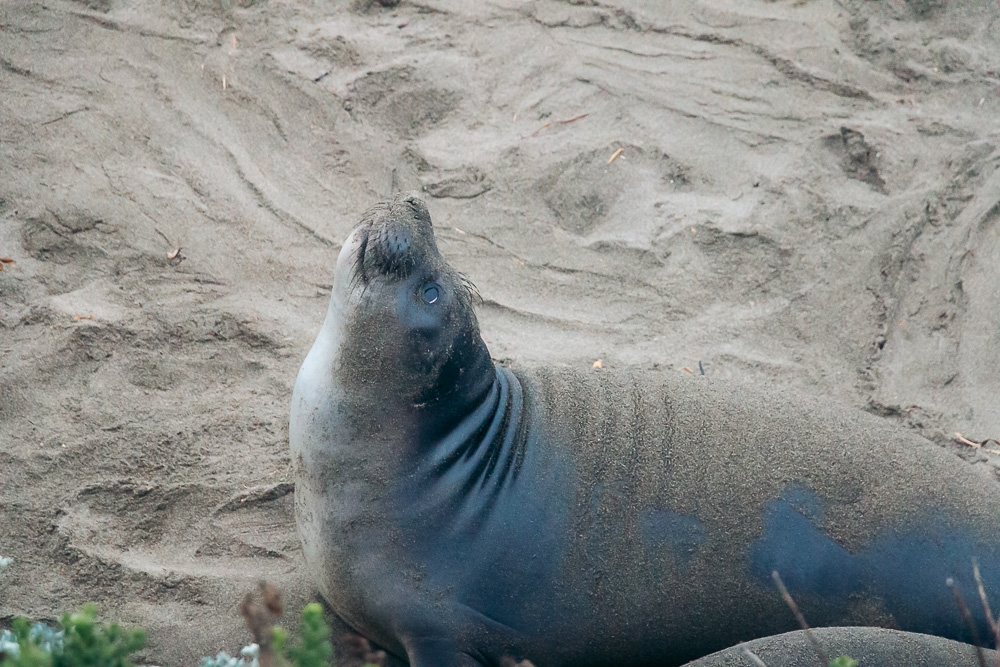
2. La Jolla
A quintessential coastal neighborhood of San Diego, La Jolla is home to a large colony of Pacific harbor seals and California sea lions. Marine wildlife has claimed this part of California since the early 1930s.
While the seals had hauled out in the San Diego area even before, they became a permanent sight after construction of a concrete breakwater wall that protects Children’s Pool from the untamed ocean waves. The sandy beach was intended as a protected area for local kids to splash in the water and play in the sand. Instead California marine wildlife “moved in” and hasn’t vacated the fortified cove ever since.
More marine animals enjoy California sun near La Jolla Cove. The place sits a stone’s throw away from the Children’s Pool area and is another great place to see California marine wildlife.
TIP: If for whatever reasons you can’t watch Pacific harbor seals and California sea lions in their natural habitat, find some of the rescued or born-in-captivity marine mammals at SeaWorld San Diego.
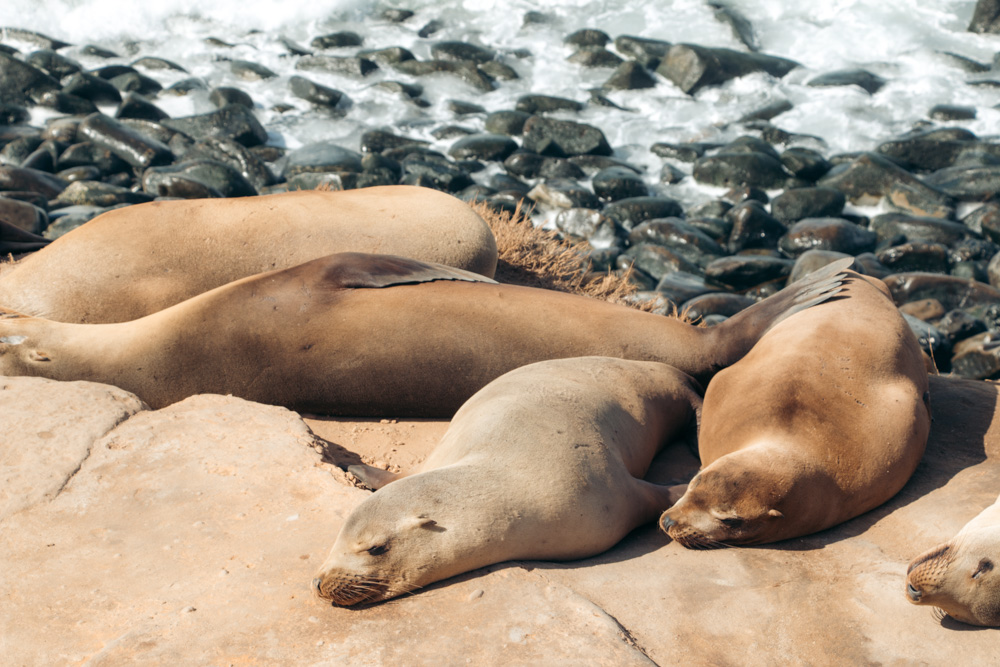
3. Channel Islands
Marine wildlife can be seen near the shores of Santa Cruz and other ecologically rich islands in California’s Channel Islands. Nested approximately 30 miles off the mainland shoreline, the isles provide a safe haven for molting seals, including some northern elephant seals.
From time to time, visitors also spot dolphins and whales swimming in the Pacific’s colder waters. These members of California marine wildlife, however, are rather unpredictable. They jump out and dive back into the ocean unexpectedly, hardly ever at the same place they were observed before.
TIP: Good binoculars and a lot of patience are often needed to see marine wildlife near the protected islands off the coast of California.
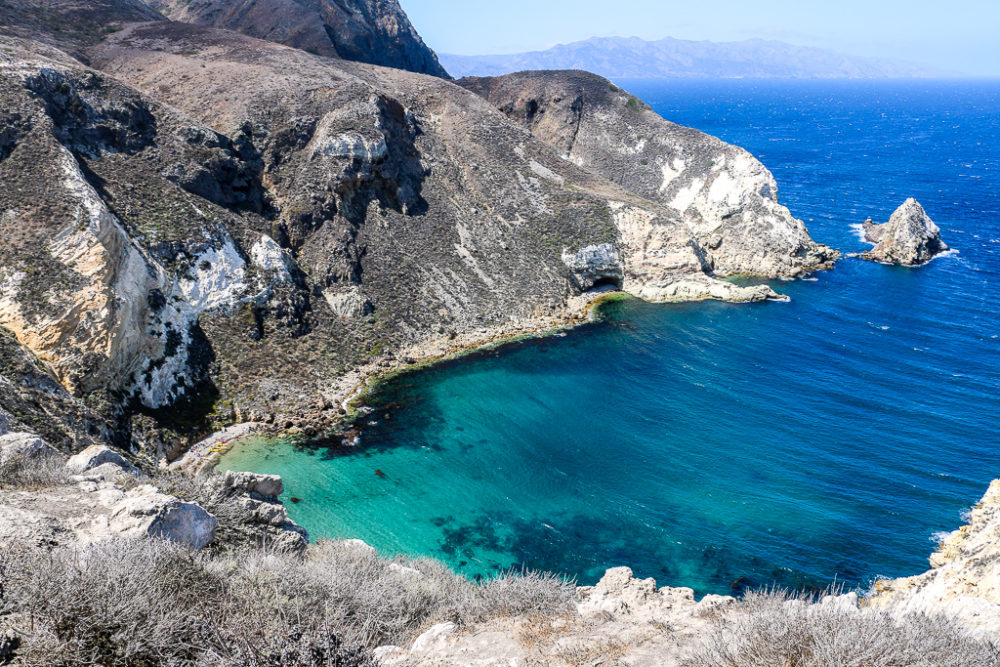
4. Point Dume State Beach and Natural Preserve, Malibu
Similar behavior patterns are observed in marine wildlife roaming near the southern coast of California. The playful dolphins and occasional whales pop their heads for a breath of fresh air near Point Dume State Beach and Natural Preserve, Malibu.
The best time to see the marine wildlife in Southern California is between January and April. The marine mammals, including gray whales, linger near the shore while making the journey from Alaska to Baja California and back again. During this time, a small group of dolphins also can stick out their fins from the ocean near Santa Monica Beach to the delight of the lucky beachgoers.
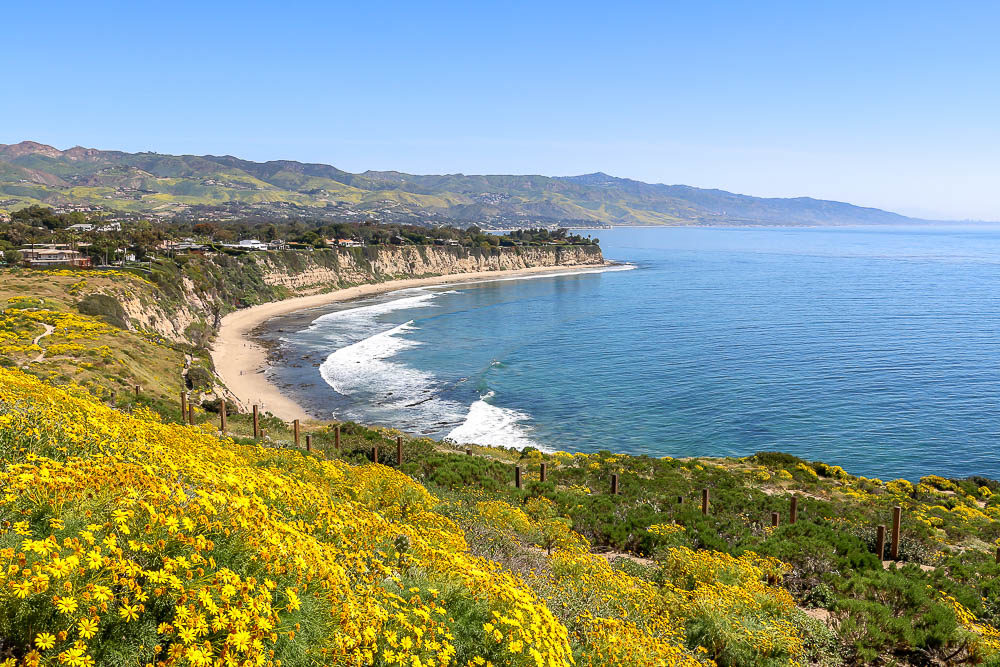
5. Sea Lion Point in Point Lobos State Natural Reserve
Unlike San Diego seals that are used to endless crowds of spectators, more modest species of California marine wildlife flock to Point Lobos State Natural Reserve. Far away from the loud observers, harbor seals and sea lions breed and molt at the foot of Seal Lion Point.
A short, virtually flat trail leads to an observation deck overlooking the beach, a temporary home to some of the clumsy local marine wildlife.
At the southernmost corner of the state park, a few mother-baby duos take shelter in the picturesque China Cove area. Succumbing to peace and tranquillity and a lack of competition, these moms give first swimming lessons to their still slow pups.
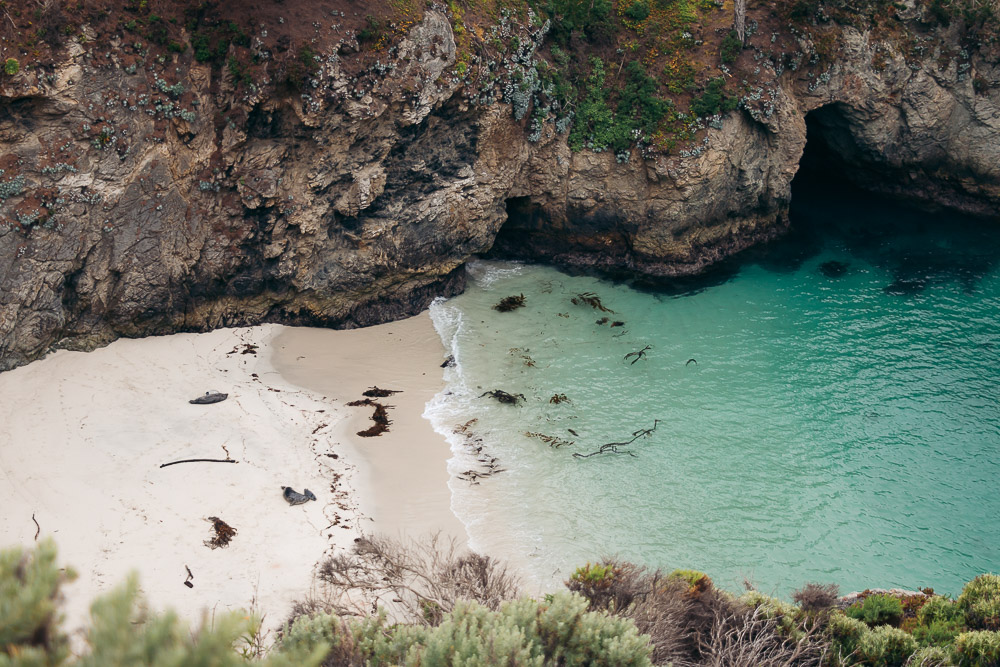
6. Pacific Marine Mammal Center in Laguna Beach
In Laguna Beach, Southern California, your chances of seeing local marine wildlife increase tremendously. Wild animals are unpredictable creatures. Not all attempts to observe them in the wild are crowned with success. Thus, when your marine wildlife watching endeavors near the Southern California coast fall short of your expectations, head over to the Pacific Marine Mammals Center.
Focusing on rescuing injured marine wildlife, the animal hospital – as it’s known among California locals – provides a temporary home to the animals that need prolonged care. Among the center’s patients are seals and sea lions.
After the rehabilitation, the marine animals are released back into the wild. Those pups that are born in the Pacific Marine Mammals Center and don’t know how to survive at sea get transferred to other animal centers and different zoos around California and the country.
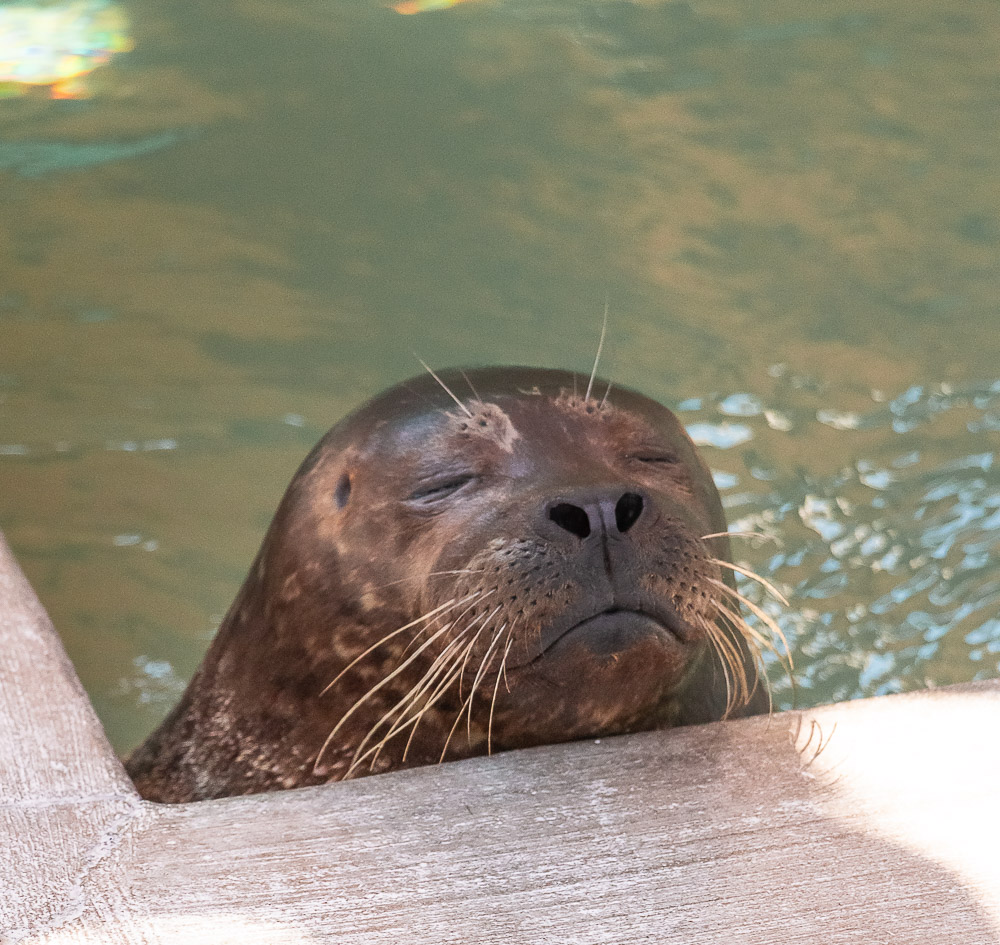
7. Morro Bay
Enough of the seals and sea lions for now. Let’s travel to Morro Bay, Central California, where we can view different species of local marine wildlife.
Here, at the southern corner of Morro Bay, sea otters prevail. Mostly mothers with pups linger in the area. Yet as the sea otter population slowly stabilizes, the local marine wildlife community grows.
TIP: You can spot the otters swimming on their backs near the shoreline. Binoculars come in handy here. But if you have time, try to get closer to the marine mammals on a kayak. Be sure to consult or hire a guide that knows the exact spots favorited by these marine species.
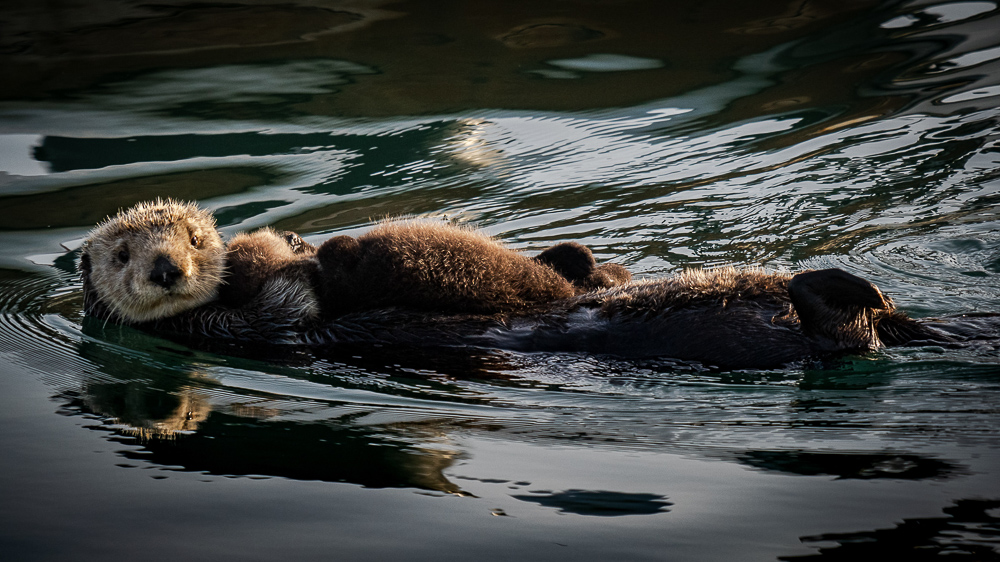
8. Newport Beach
If you want to increase your chances of viewing whales that swim near the California coast, sign up for a whale watching cruise. In the southern part of the state, Newport Beach is the first destination to look for these tours. Cruise options are numerous, varying in their durations and prices. As a bonus, you get to see other species of the local marine wildlife. Often it’s seals and sea lions lazing near the shore along the route.
But again, the marine creatures, especially the animals that don’t haul out, refuse to play by the rules or have a fixed schedule. Your chances of viewing the larger marine animals near the Southern California coast are great. But you can never predict their behavior.
A while back we took one of those whale watching cruises. We saw a number of seals, countless sea gulls, even a few foxes hiding on a pier. But the whales were nowhere to be found.
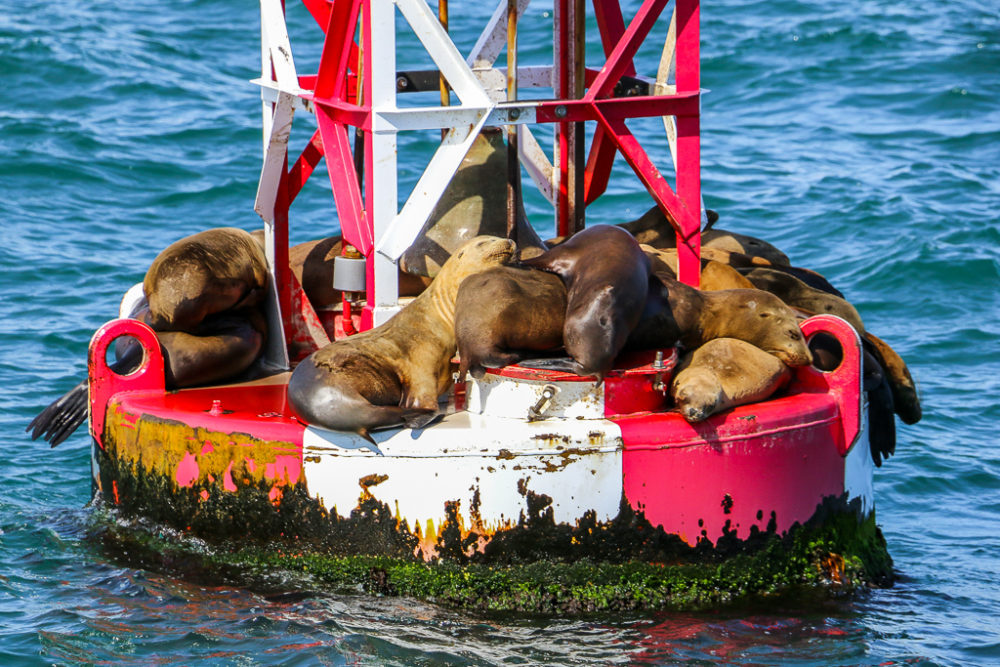
9. Marine Mammal Care Center in San Pedro
Injured and malnourished animals occupy the Marine Mammal Care Center in San Pedro, a coastal neighborhood of Los Angeles.
Offering their services to rescued mammals and increasing awareness about local marine wildlife since 1992, the animal hospital treats on average 350 patients a year. The animals arrive from different parts of Los Angeles, from the beaches of Malibu to the sandy shore of Seal Beach.
You can view marine wildlife in this animal center all year round. The place is a non-profit organization. Yet contributions in a variety of ways such as volunteering or donating are welcomed.
